Domus: The Julius Shulman Institute is honoring you with an exhibition in October. What influence has Shulman's photography had on your own work and development as an artist?
Richard Barnes: Julius Shulman was not only a photographer of vision, but a man of considerable ego balanced by a keen sense of humor. He needed both qualities when dealing with the likes of his first and arguably most important client, Richard Neutra. I had the pleasure of interviewing Shulman for the Architects Newspaper a couple of years before he died and found myself thinking, "I hope that I can be this present and lucid when I am 97?" He was still working right up to the week he died.
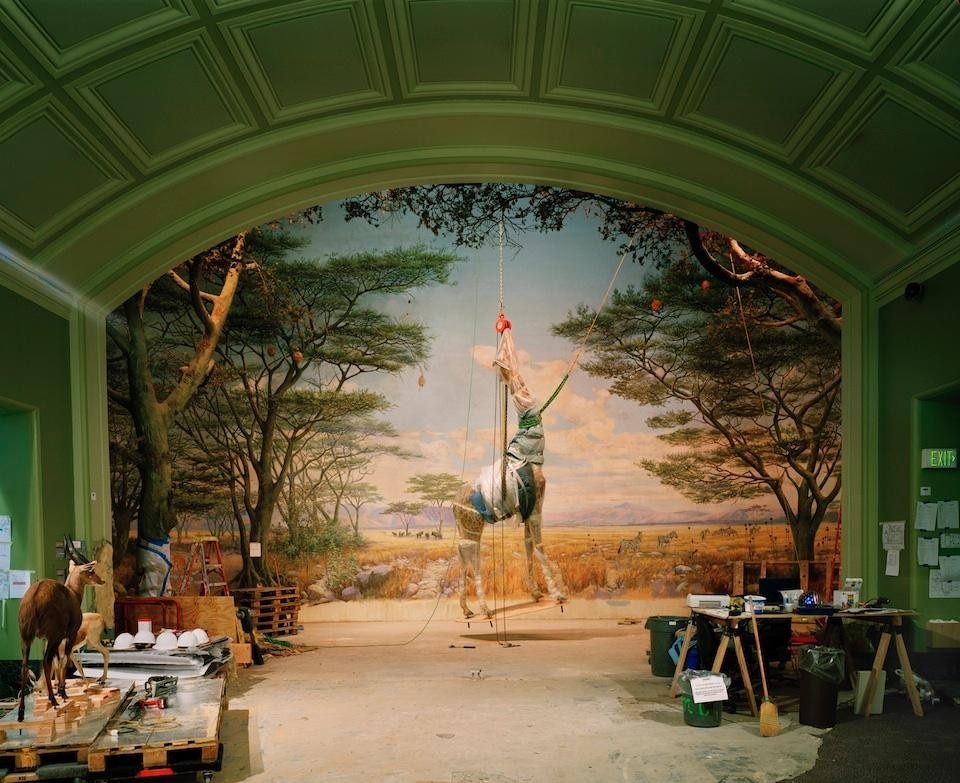
Above: Giraffe, 2005. C-print, from the series Animal Logic, courtesy Blue Sky Gallery.
Shulman's best work veers towards the theatrical, but is always under-girded by a formal rigor that serves as a counter balance to the lushness and the narrative artifice of his images. My work has a formality and at times a similar sense of artifice, which I learned from looking at photographs by him. But more importantly, Shulman created images that transcend their genre. The two obvious examples, Case Study House #22 and the Kaufmann house at twilight, exceed architectural documentation and exist as images independent of their source. I would hope that my images, whether done personally or on assignment, will be judged to have looked at architecture and the built environment and augmented the viewers understanding of it. I would also ask of my own work—as perhaps different from Shulman's, which is rooted in the aesthetic of southern California—that my images transcend both time and place.
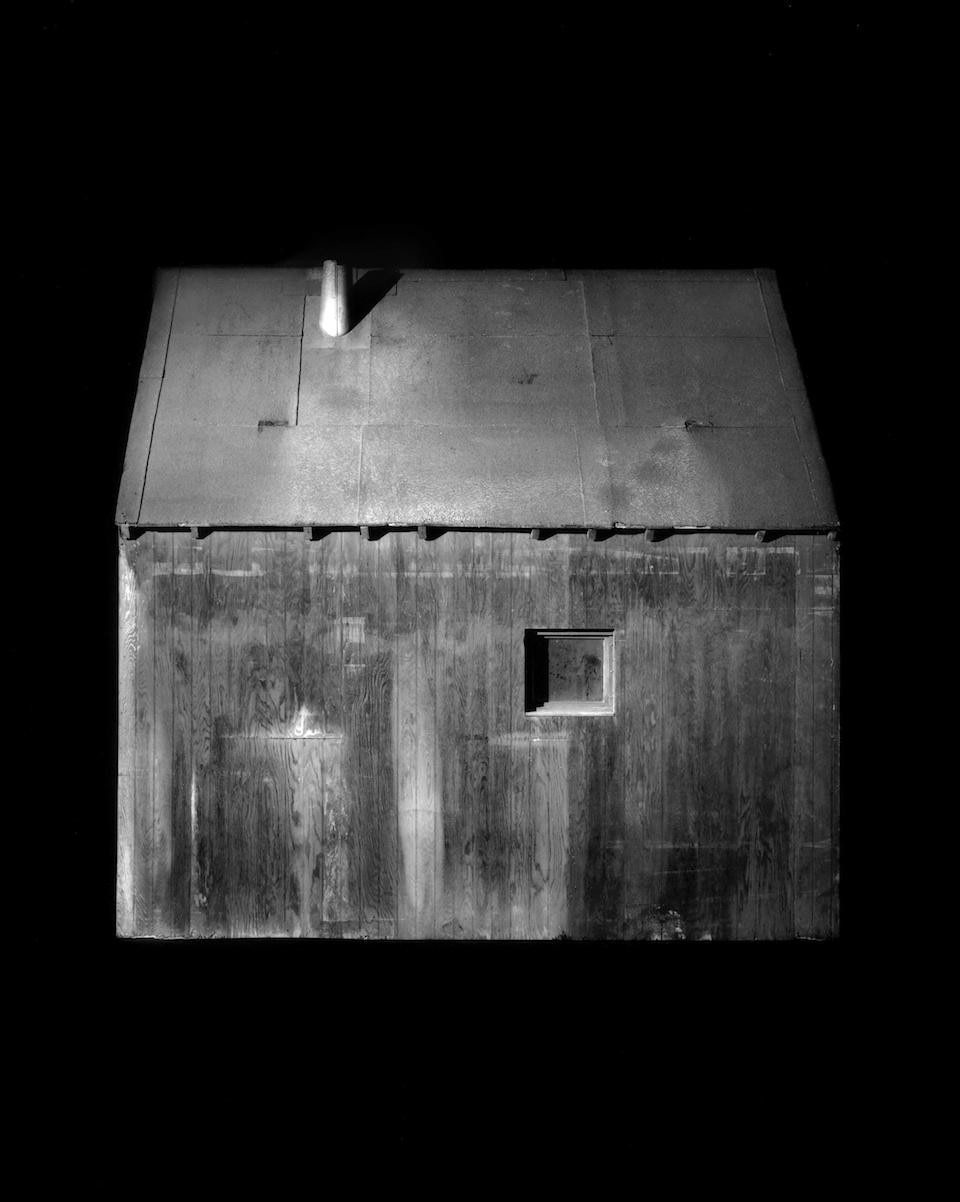
First of all let me explain that I did not come up with the title, although I like it and thought it appropriate in describing my work. My images are often concerned with the artificial or the de-contextualized object. I am interested in states of artifice in architecture, or when a building is taken from it's original context and re-contextualized somewhere else and what happens to it in the transition? This can be seen in the images I did of the Unabomber Cabin as well as the representation of the constructed realities contained in the dioramas. Dioramas are built for the sole purpose of simulating the natural environment, but they are also these containers of organisms that were once very much alive and are now very dead, but seemingly very real. The paradox of culling an animal from its natural habitat, only to reanimate it as a facsimile of it's former self is rich and some would say perverse, in its implications. I seek to bring the viewer face to face with this paradox.
My work is equally concerned with the forensic as it is with the theatrical in architecture. The four sides of the Unabomber Cabin floating in black represent crime scene photos or "mug shots" and the objectivity of their presentation points to a larger idea about what the cabin's iconic form, (the archetypal hut in architecture), says about us. It is representative of a child's first drawing of home or of self reliance as exemplified in a back to Walden Pond mentality, but this belies the fact that this idealized form is actually a container of evil and depravity. The dioramas in my photographs are windows into a world where the zone between the audience and the proscenium has been permeated as a result of their deconstruction. We are encouraged by the images to go behind the scenes, to where the set painters and conservators have taken over the stage and represent "bit players" or stand-ins for the animals who are the real actors in the dramas taking place.
We clearly live in a different place from when I photographed the Unabomber cabin. Perhaps the Unabomber was just the beginning of something we couldn't comprehend was coming.
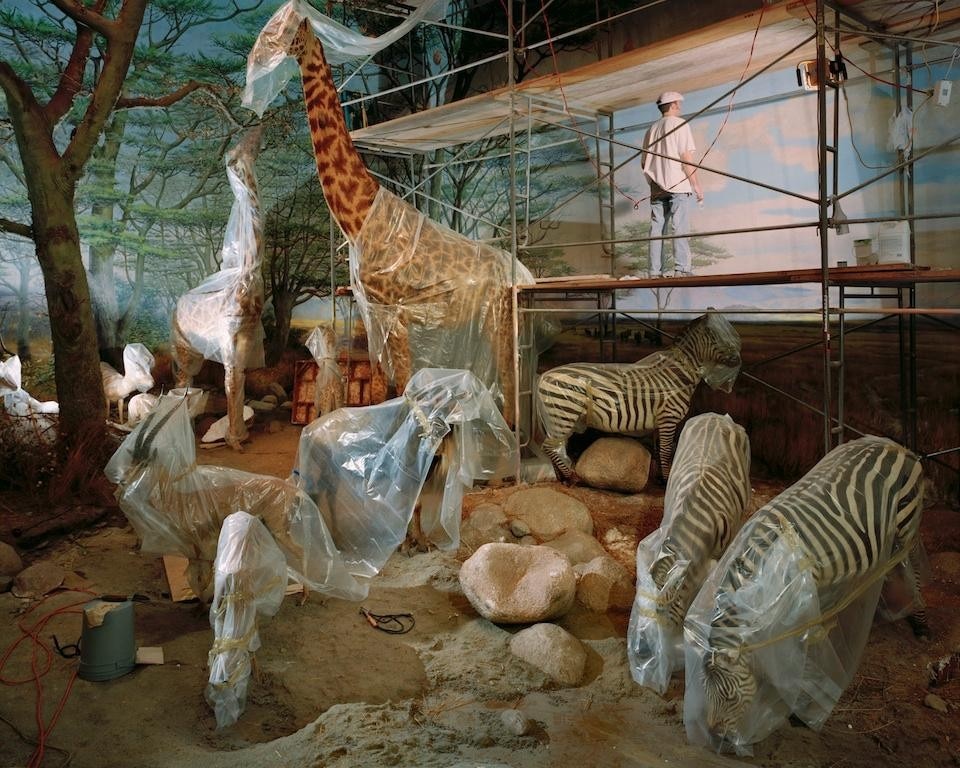
I try not to think of assignment work and that which I do independently as different and over time they have come to reinforce and build on each other. I have always done commissioned work and editorial assignments while simultaneously working on personal projects, but when I was first starting out, I found it difficult to integrate my own voice into the equation. Now the editorial assignment is often a point of departure for something larger than the idea proposed by the art director or the photo editor that I can built on.
Something else to consider and what I find so valuable in doing editorial work is the access that it provides. Many of the projects I have been commissioned to do would never have happened if the New Yorker, the New York Times or National Geographic magazines, hadn't provided the entry point to do deeper research and investigation. Also editorial work has changed in the last 15 years. Younger, more creative photo editors and designers are coming out of art and design schools and are being hired by magazines and journals. This has led to an atmosphere of collaboration and experimentation between the journal and the photographer, which wasn't the case when I first started out.
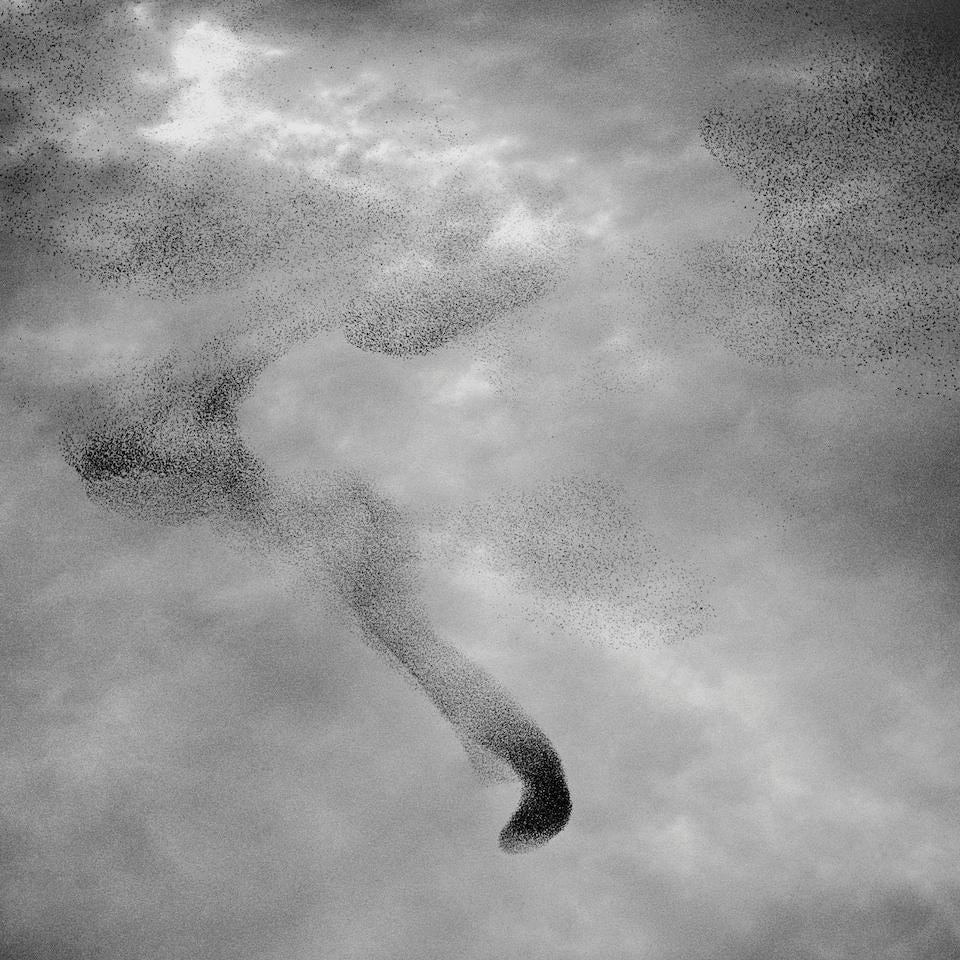
I am interested in all three of these roles but I would most relish the role of the provocateur. My work comes out of a documentary tradition and I guess there is an aura of detachment in that it is concerned with evidence gathering and forensic detail, but that proves a deception, as it is also equally about it's opposite, which is ambiguity. I am as interested in subverting the document as I am in creating images that upon first viewing leave the viewer with multiple possibilities for interpretation.
![Richard Barnes, <i>Revel Casino, Atlantic City [Bower Lewis Thrower Architects, Arquitectonica, SOSH Architects],</i> 2011. Exhibition print, lent by the artist.
Richard Barnes, <i>Revel Casino, Atlantic City [Bower Lewis Thrower Architects, Arquitectonica, SOSH Architects],</i> 2011. Exhibition print, lent by the artist.](/content/dam/domusweb/en/photo-essays/2011/10/03/richard-barnes-unnatural-spaces/big_362289_6967_5.201102_revel_013.jpg.foto.rmedium.jpg)
Finally to answer the first part of your question last, all my recent work, except for maybe the Murmur series, is on some level about the idea of containment and by implication, architecture. Whether it's the series titled Refuge, photographs based on a hybrid between sculpture and architecture of bird nests made from the detritus of what we humans throw away, or the series I did in the Smithsonian Institution of taxidermied animals in containers stored in an off site facility, architecture is, whether consciously or not, always implicated.
![Richard Barnes, <i>The Palace of Power and Reconciliation, Kazakhstan [Norman Foster, Foster & Partners],</i> 2011. Exhibition print, lent by the artist. Richard Barnes, <i>The Palace of Power and Reconciliation, Kazakhstan [Norman Foster, Foster & Partners],</i> 2011. Exhibition print, lent by the artist.](/content/dam/domusweb/en/photo-essays/2011/10/03/richard-barnes-unnatural-spaces/big_362289_6653_6.201103_astana_1350.jpg.foto.rmedium.jpg)
We clearly live in a different place from when I photographed the Unabomber cabin. We weren't subject to invasive airport security screenings and a weakening of our constitutional right to privacy in the name of combating terrorism in 1999. Perhaps the Unabomber was just the beginning of something we couldn't comprehend was coming.
Now we reside in a world in which the actions of Ted Kaczynski seem almost quaint by comparison to Al Queda and the Taliban. Of course there was always a side to our domestic terrorist/philosopher that appealed to the rogue spirit in all of us and despite the horrors of his crimes, his anti-technology stance resonates in a way that advocating for the adoption of Sharia law or global Jihad does not.
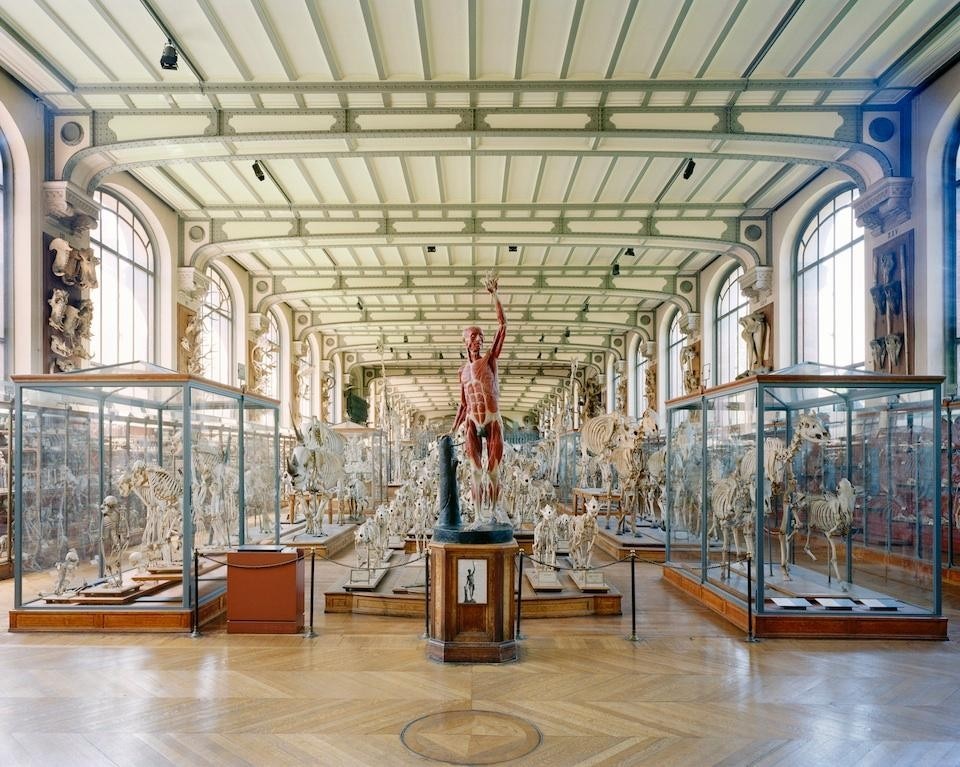
The world has indeed changed in the past 11 years and the change has affected one's perception of these images. As the creator of this body of work, it is important to me that it still has relevance long after the subtext of its making is forgotten. So like Shulman's Case Study House #22, I would hope that these images will have outlived their connection to a news event or architectural documentation and have the capacity to transcend. Time will tell.
October 9–October 22, 2011
Curated by Emily Bills and Eve Schillo
Julius Shulman Institute at Woodbury University
7500 Glenoaks Blvd.
Burbank, Calif. 91510


